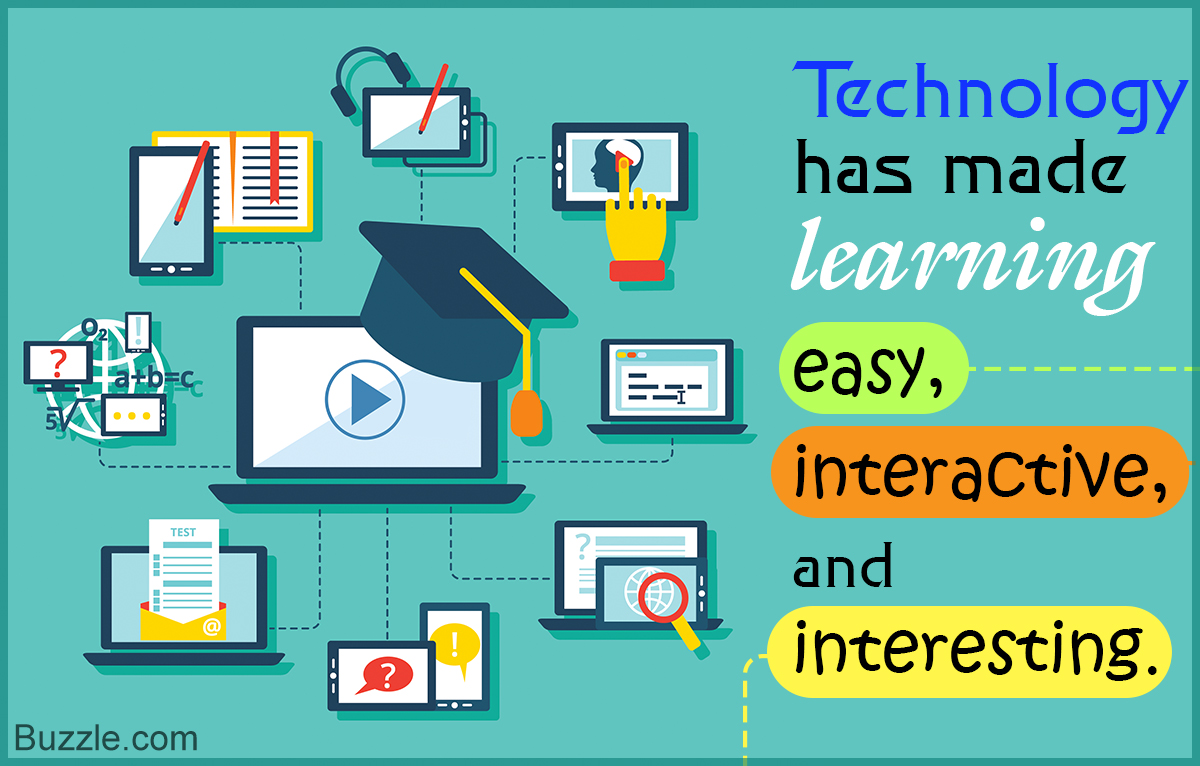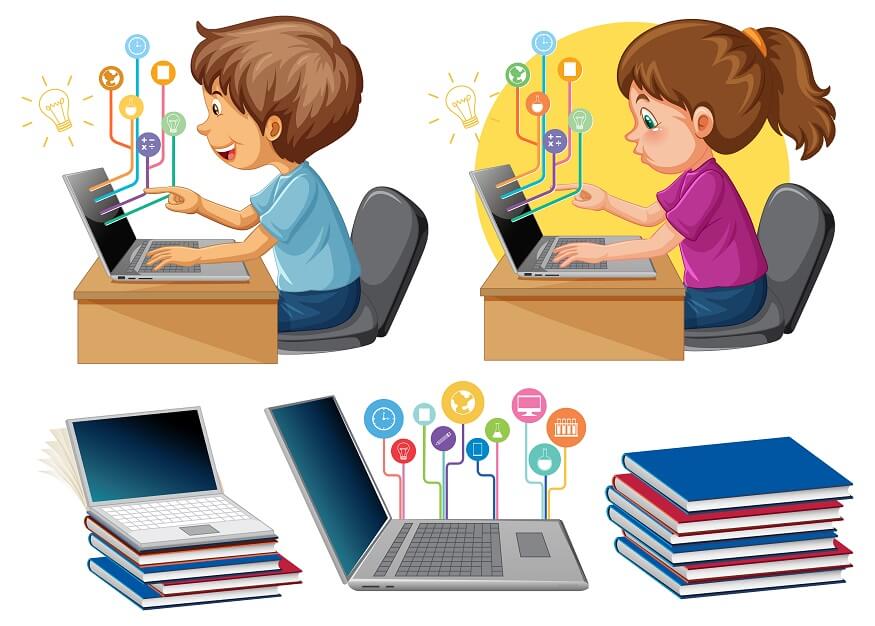Leverage Advanced AI Tools to Improve Performance and Efficiency
Leverage Advanced AI Tools to Improve Performance and Efficiency
Blog Article
Comprehensive Business Guides for Advancing Technology Education And Learning in Schools and Colleges
The integration of technology education right into school and college curricula has actually become an important imperative in preparing pupils for an increasingly electronic labor force. What certain methods can be adopted to maximize their impact on both pupils and instructors?
Significance of Technology Education
As modern technology proceeds to advance at an extraordinary rate, the relevance of technology education and learning has actually become progressively obvious in today's society. The integration of modern technology into different elements of life necessitates that people possess a foundational understanding of technical ideas and applications. This understanding not just improves employability yet additionally cultivates crucial reasoning and problem-solving skills essential for browsing a dynamic workforce.
In schools, innovation education and learning gears up trainees with the capability to adapt to rapid changes in industries driven by advancement. It motivates imagination and equips learners to involve with emerging modern technologies, from expert system to information analytics. In addition, modern technology education and learning promotes electronic literacy, which is critical in an age where info is conveniently offered yet commonly deceptive.

Key Parts of Effective Guides
Reliable guides for technology education should include a number of vital parts to ensure that learners get one of the most from their experiences. A well-defined curriculum is important, detailing the goals, discovering end results, and the abilities to be created. This educational program must be regularly updated to reflect the rapidly developing technological landscape, guaranteeing significance and applicability.
2nd, detailed resources that include books, on the internet materials, and hands-on tools are important. These resources should be accessible and varied, dealing with different learning designs and preferences. Furthermore, integrating real-world scenarios and study can boost understanding and involvement.
Third, evaluation techniques must be included to evaluate student development efficiently. These assessments need to be differed, encompassing developmental and cumulative assessments that straighten with the discovering objectives.
Furthermore, specialist advancement opportunities for educators are critical. Educating programs and workshops can outfit teachers with the most recent instructional methods and technical developments.
Lastly, promoting a joint learning environment encourages peer interaction and knowledge sharing. By including these crucial elements, guides for innovation education and learning can considerably boost the knowing experience, preparing trainees for future obstacles in an increasingly digital world.
Structure Sector Collaborations
Structure strong industry partnerships is a crucial element of boosting modern technology education. These cooperations in between schools and businesses create a dynamic community that benefits companies, instructors, and students alike. By fostering connections with sector universities, leaders and schools can align their educational programs with the developing demands of the work market, making certain that pupils acquire relevant abilities and expertise.
The development of teaching fellowships, apprenticeships, and mentorship programs acts as a cornerstone of these collaborations. Such possibilities offer trainees with hands-on experience, enhancing their employability and sensible understanding of technology applications. Additionally, sector partners can provide insights right into arising trends and technological advancements, allowing teachers to adjust their teaching approaches appropriately.
Furthermore, partnerships can facilitate access to sources, such as tools, software program, and financing for study projects. These payments enrich the discovering atmosphere and allow organizations to remain at the leading edge of technical development. Inevitably, building durable industry collaborations is essential for cultivating a skilled labor force that satisfies the demands of today's swiftly transforming technological landscape, while likewise driving economic development and competition in the more comprehensive area.
Implementing Innovation Programs
Implementing modern technology programs within schools requires a calculated strategy that prioritizes both educational program growth and resource allotment. To initiate effective technology combination, organizations should first assess their existing framework and identify spaces in sources, including equipment, software application, and employees training. This assessment enables universities and schools to develop a customized strategy that aligns with their particular academic objectives.
Next, it is necessary to develop a detailed curriculum that incorporates arising innovations and industry standards. Working together with instructors, industry professionals, and stakeholders can make sure that the curriculum remains efficient and pertinent in preparing pupils for the labor force (AI Tools). Additionally, expert development for professors is important, as it gears up educators with the abilities essential to efficiently instruct new innovations
Moreover, institutions should highlight the value of hands-on knowing experiences, such as labs and workshops, that permit trainees to apply academic expertise in functional setups. This experiential strategy enhances interaction and fosters crucial thinking. Lastly, protecting sustainable financing via grants and collaborations can help increase and maintain innovation programs, making sure long-lasting success and versatility in an ever-evolving technical landscape.
Measuring Success and End Results
Evaluating the success and end results of modern technology education programs is vital for verifying their influence and guiding future enhancements. Effective measurement frameworks need to encompass both measurable and qualitative metrics, providing a comprehensive view of program effectiveness. Secret efficiency indications (KPIs) such as trainee enrollment figures, retention rates, and training course conclusion portions provide important quantitative data.

Integrating standardized assessments can better review trainees' technical proficiencies and preparedness for the workforce. Benchmarking versus comparable establishments permits for contextually appropriate comparisons, highlighting locations for growth.
Inevitably, the continual assessment of modern technology education programs promotes a society of enhancement, making certain that they develop abreast with industry demands and instructional standards. By systematically gauging success, institutions can not only show liability to stakeholders but likewise boost their Bonuses offerings, thus enhancing the discovering experience and preparing trainees for the ever-changing technical landscape.
Verdict

The combination of technology education and learning right into institution and university curricula has actually become a critical essential in preparing students for an increasingly electronic labor force.As innovation proceeds to evolve at an unmatched speed, the value i was reading this of innovation education has actually become increasingly evident in today's society.In educational institutions, innovation education outfits pupils with the capacity to adjust to fast modifications in sectors driven by development. By prioritizing innovation education and learning, institutions can cultivate a generation of notified residents capable of leveraging modern technology for social and individual innovation. The implementation of robust assessment methods allows institutions to measure success and results, eventually enhancing the overall effectiveness of technology education initiatives and preparing trainees for future challenges.
Report this page